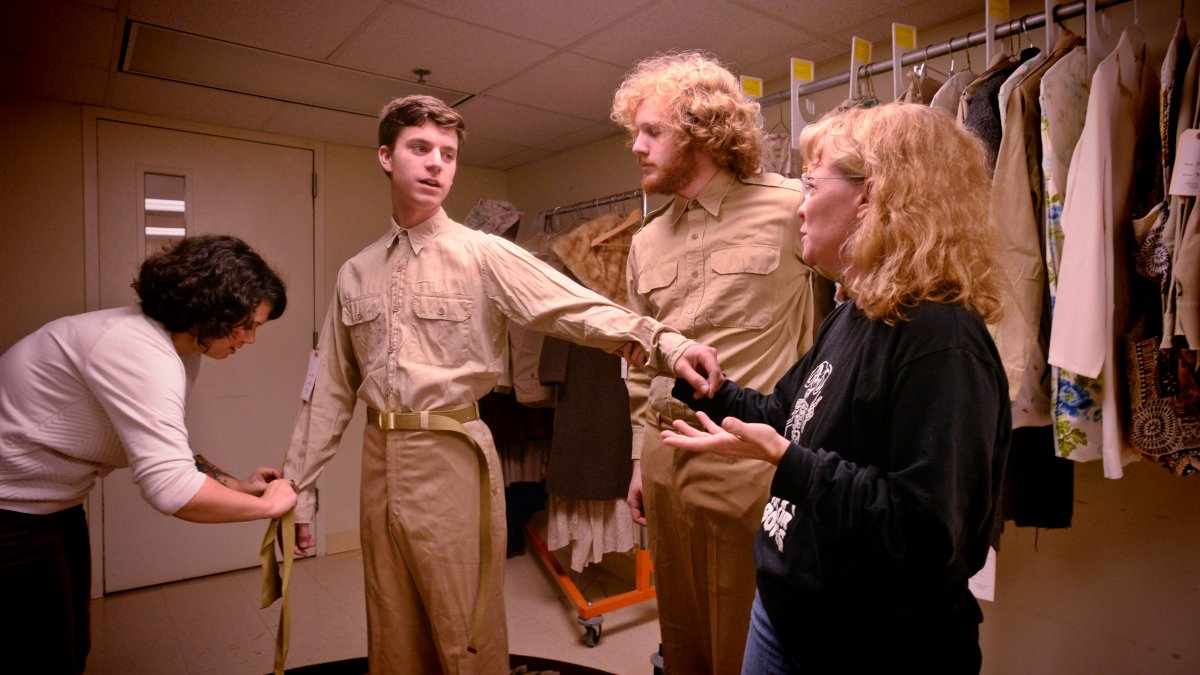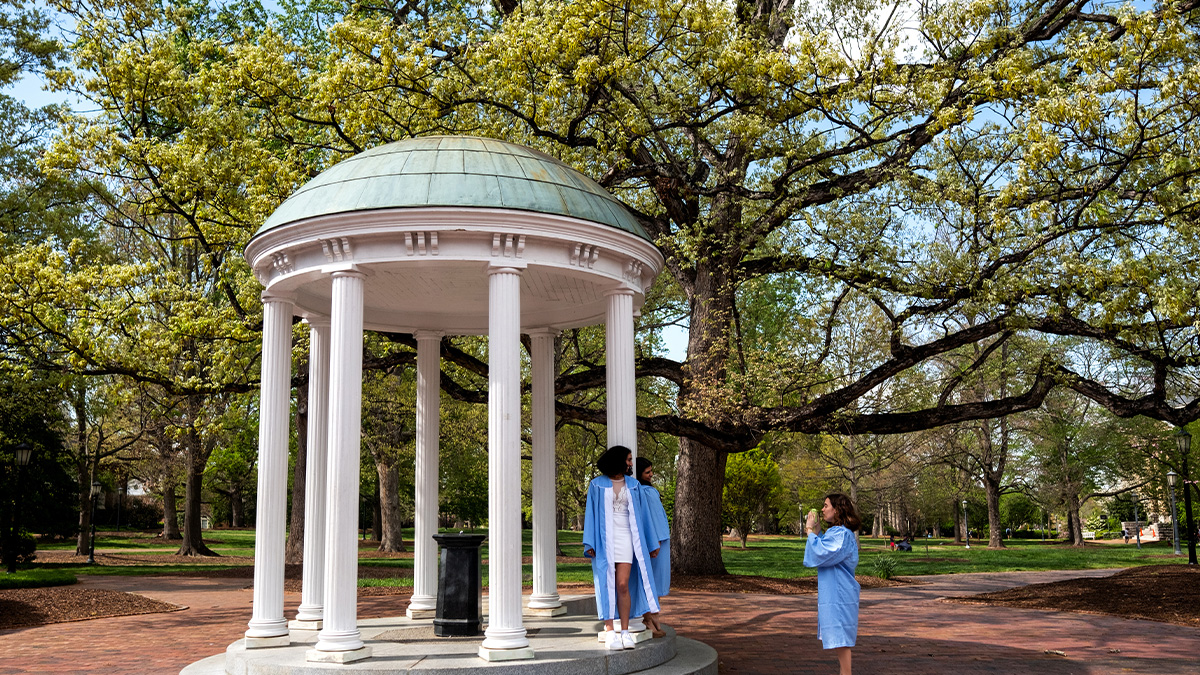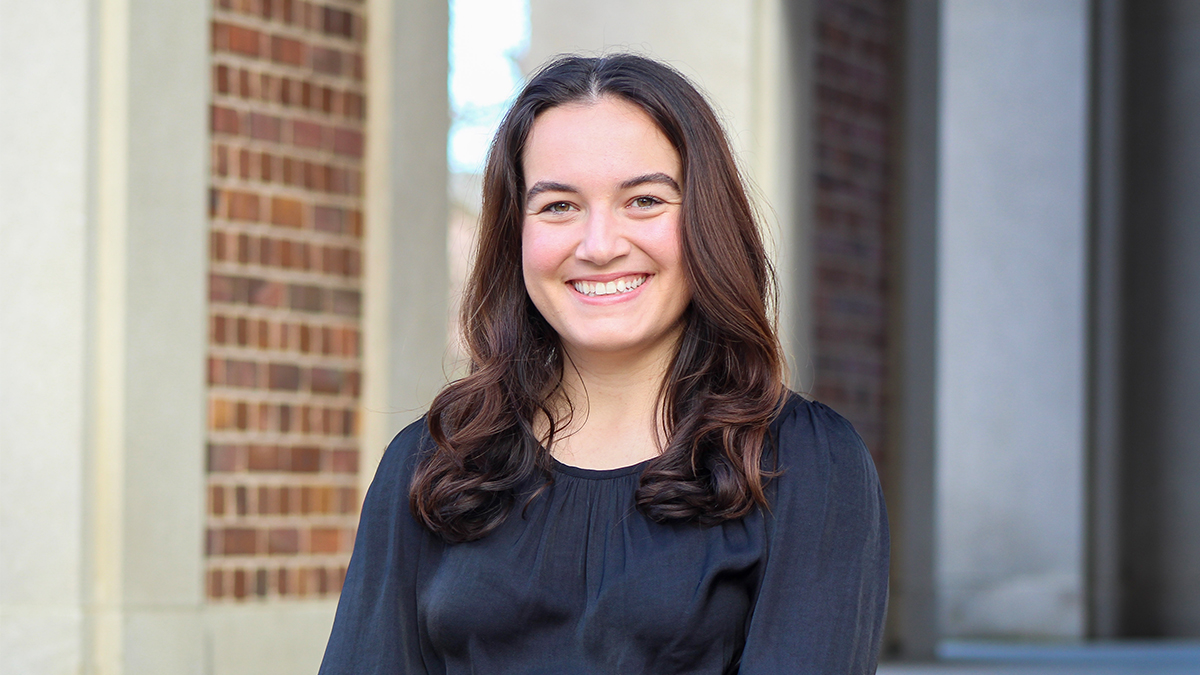The making of ‘Johnny Johnson’
Students learn the value of hard work and dedication and find success in adaptation of Johnny Johnson.

In professional theater, there are obvious ways to tell whether a production has been a success. Reviews. Box office sales. How long an audience applauds – or laughs.
For David Navalinsky, the director of undergraduate production at Carolina, there is a more subtle – and substantial – measure: how much his students learn.
Trained as a technical director, Navalinsky said his job is to be “a backstage guy” to oversee everything from keeping a production on budget to handling day-to-day operations to helping to construct the scenery.
“The students are here to learn how to be part of a creative process,” Navalinsky said. “If they have learned something from the production, even if what they learned is how not to do something – then we have done our jobs. In the end, that’s truly the only way you can gauge success.”
That process of learning and discovery is now under way for “Johnny Johnson,” a play written by Paul Green with music by Kurt Weill, which is part of the campus-wide “A Year-Long Conversation: World War I – The Legacy” sponsored by the Institute for the Arts and Humanities and College of Arts and Sciences.
To keep reading, please see the University Gazette.
See a video series about the students’ experiences collaborating on “Johnny Johnson”: ‘Lessons: David Navalinsky,’ ‘Stagecraft: Julia Warren,’ ‘Lights:Katie McCabe,’ ‘Character: Byron Frazelle’ and ‘Voice: Annie Keller.’




